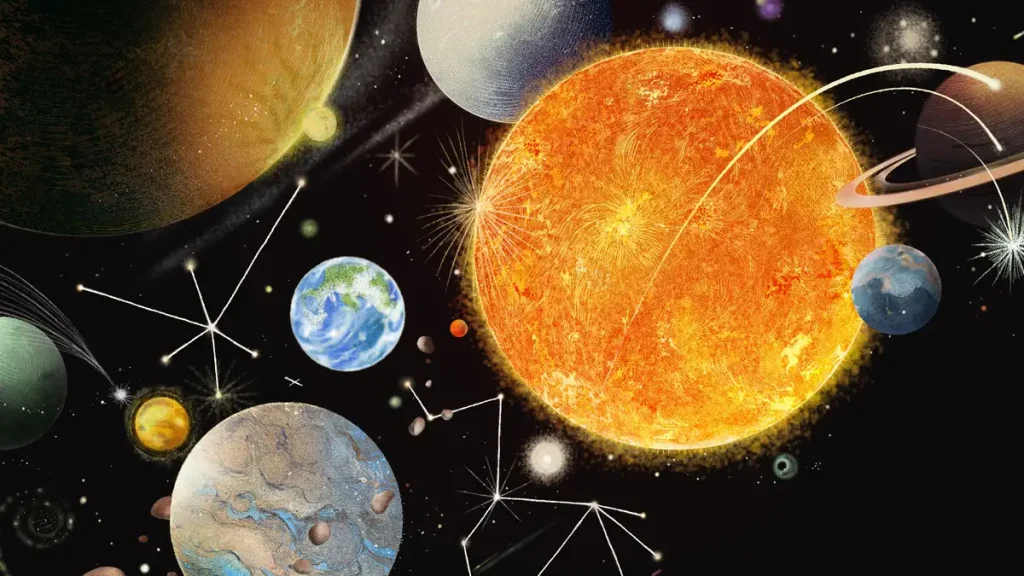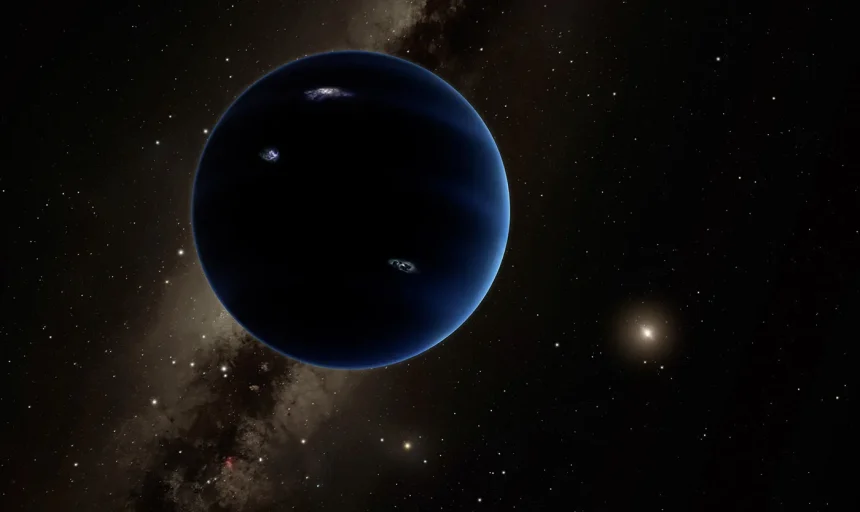For almost a decade, astronomers have scoured the outer reaches of our solar system, seeking evidence of a new planet. Their quest may soon yield results thanks to a groundbreaking telescope set to begin its observations next year.
The Vera C. Rubin Observatory in Chile, scheduled to become operational in 2025, holds the promise of revolutionizing our understanding of the cosmos. According to experts, this state-of-the-art facility might finally uncover the elusive “Planet Nine” within the next few years, as reported by Live Science.
The idea of a ninth planet, sometimes referred to as “Planet Nine” or “Planet X,” has intrigued scientists for years. This hypothetical world is believed to be a gas or ice giant, situated billions of miles away from the known planets in our solar system.
The existence of Planet Nine was first proposed by astronomers Mike Brown and a colleague, who suggested that the mysterious planet could be hiding in the farthest reaches of our cosmic neighborhood.
With the help of the Vera C. Rubin Observatory’s advanced capabilities, the search for Planet Nine is entering an exciting new phase. The observatory’s cutting-edge telescope, which weighs 2.8 metric tons and is roughly the size of a small car, will offer unprecedented views of the cosmos.
READ ALSO:
Ukraine Claims Successful Destruction of Russian Drone Base

Equipped with an $800 million camera, this sophisticated instrument will begin capturing images in early 2025. It will scan the sky every three days, providing scientists with an unparalleled opportunity to conduct comprehensive galactic analyses.
NASA has provided some insights into what Planet Nine might be like. The agency suggests that this hypothetical planet could have a composition similar to Neptune but with a mass potentially ten times that of Earth.
Planet Nine is thought to orbit the Sun in a highly elongated path, far beyond Pluto, and it may take between 10,000 and 20,000 Earth years to complete a single orbit.
The anticipation surrounding the discovery of Planet Nine is palpable within the scientific community. Jim Green, director of NASA’s Planetary Science Division, has expressed enthusiasm about the possibility of finding a new planet.
However, he cautions that it is too early to definitively declare the existence of Planet Nine. Current predictions are based on modeling from limited observations, and further data is needed to confirm its presence.
“This is not, however, the detection or discovery of a new planet. It’s too early to say with certainty there’s a so-called Planet X,” Green stated. “It’s the start of a process that could lead to an exciting result.”

The journey to uncovering Planet Nine is reminiscent of the reclassification of Pluto, which was once considered the ninth planet of our solar system. In 2006, Pluto was redefined as a “dwarf planet,” prompting renewed interest in the hunt for a true ninth planet.
READ ALSO:
Euro 2024: UEFA Cracks Down on Pitch Invaders After Fans Target Ronaldo During Match
As the Vera C. Rubin Observatory prepares to embark on its mission, the scientific community eagerly awaits the potential breakthrough that could reshape our understanding of the solar system.
The next few years promise to be an exciting time for astronomers and space enthusiasts alike, as the search for Planet Nine continues to captivate our imaginations and expand the frontiers of our knowledge.

